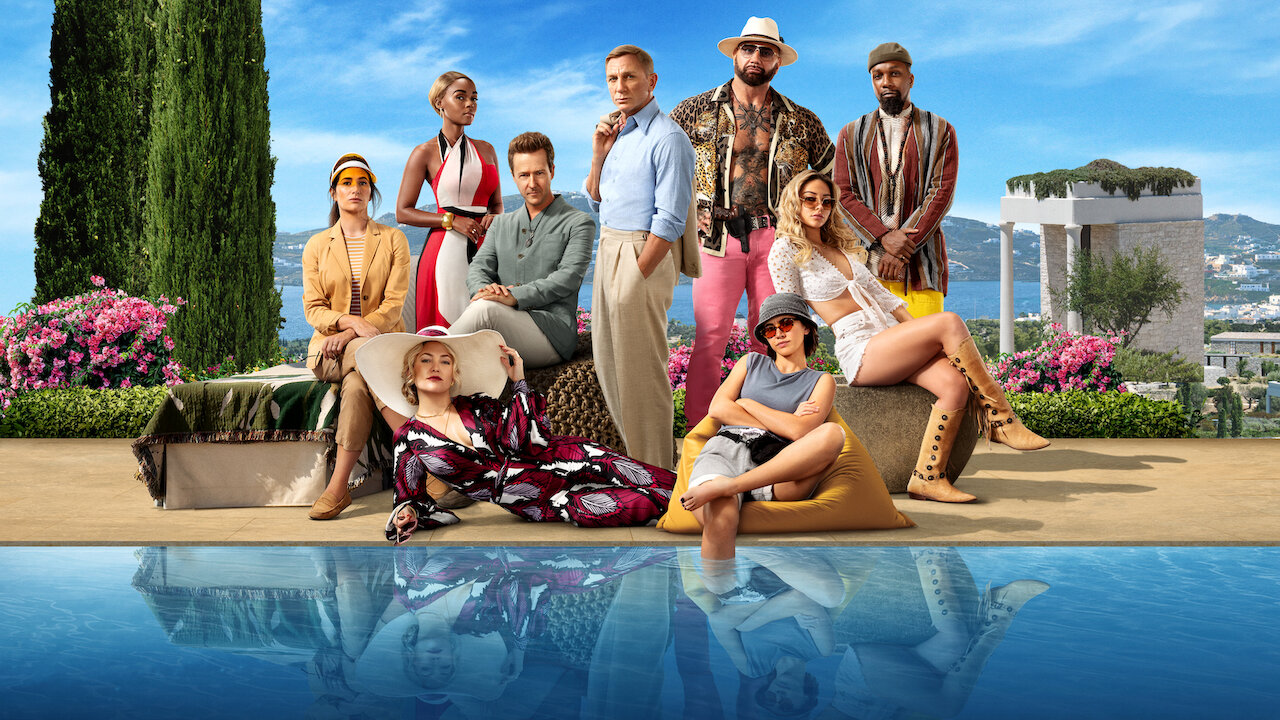Auteurs, Knives Out and A Ripple from the Storm
I was watching a documentary earlier in the week that had an in-depth discussion of Auteur Theory. Auteur Theory holds that a film’s director is its primary author or creator, and that their personal artistic vision shapes the film. The theory emphasises the director’s role in the creative process of filmmaking, and suggests that a director’s films reflect their personal style and preoccupations. It originated in France in the 1950s, popularised by film critics such as François Truffaut.
Auteur Theory is a bit of a hot-button in the industry because it downplays the collaborative nature of film: it’s a whole village of creatives who bring the film to the screen, not just one.
But I’m probably more of a proponent of the theory than most: I do believe in a singular, organising authorial intent behind a film, and that this authorial intent comes from one member of a film’s creative team. It isn’t the director, though, it’s whoever wrote the screenplay.
The director is extremely important in the film industry (not the least in getting a film made), but that importance is so often mistaken for creative authorial control: and I just don’t see that.
The director’s role is — should be — interpretative. And when the development of a film often gets into trouble is when a director feels that — in order to properly fulfill their role — they need to impose a generative creative control on a script that they haven’t written (sometimes that they’ve barely even read). That’s when you get into trouble, because that’s when you get more than one intention, more than one controlling framework behind how a piece should work.
Of course, films are collaborative and it may well be the case that whether a film is good, or — which would be a better way of saying it, perhaps — creatively successful, is entirely down to the random and arbitrary collisions of these different creative approaches. In that case, let’s throw out the idea of authorship entirely. Let’s accept that confusion is king.
The only thing is, I do believe that intention is important. I believe that the organising of ideas and themes and thoughts in the head of the person creating a work of art is important to what that work means, and how good it is. And the one single thing that organises what a film means and what it is, is the script.
Recently I re-watched Knives Out and caught up on its sequel, Glass Onion, both films ably directed and written by Rian Johnson (neatly side-stepping the whole auteur theory question, entirely). They are both, of course, total nonsense. They do — to quote Daniel Craig’s oddly accented detective — compel me though.

Glass Onion, in particular, leans into the tone of anarchic glee, which was a notable aspect of the original. It gave the impression of having less interest in being a satisfying murder mystery than enjoying getting together a gang of massive Hollywood stars and making them play ridiculous versions of contemporary culture stereotypes.
It’s nice, though, that these films got made and are so popular. I think that “cosy” entertainment has been underserved in the last few years, and there’s nothing cosier than sinking into the warm bubble bath of Benoit Blanc’s cod-southern voice, his meticulous wardrobe, and his often astonished-looking mug.
But boy, these films are long — and with little right to be so. It took until the mid-section twist for Glass Onion for it really to get going for me.
The book on my bookshelf is Doris Lessing’s A Ripple from the Storm. Lessing was a British novelist, poet, and playwright. She was born in 1919 in Persia (now Iran) and died in 2013 in London. She is best known for her novels, which often explore the inner lives of women and themes of race, gender, and politics.
A Ripple from the Storm is part of her five-volume series Children of Violence — and account of the writing of which plays a large part in what I consider to be Lessing’s masterpiece, The Golden Notebook. TGN tells the story of Anna Wulf, a writer and intellectual living in London during the 1950s and explores themes of personal freedom, political commitment, and the relationship between politics and art through an unusual narrative structure — the work is separated into different coloured notebooks, each of which represents an aspect of Wulf’s life. Part of this is Wulf (herself a fictionalised version of Lessing) working through her ultimately failed attempt to write a biographical novel about some of her experiences serving in Africa during the second world war — a novel very similar to A Ripple from the Storm.
I read TGN last year, and it is a strange experience now reading the earlier work. A Ripple from the Storm is a so much more straightforward, less experimental work than TGN. It feels a little like watching Apocalypse Now after seeing the documentary about it filming, Heart of Darkness — there’s something flattening about experiencing the work after sitting through an electric attempt to try to capture the experience of creating it.
Hope you all have a fantastic weekend, and more from me next week.
All my best,
James.